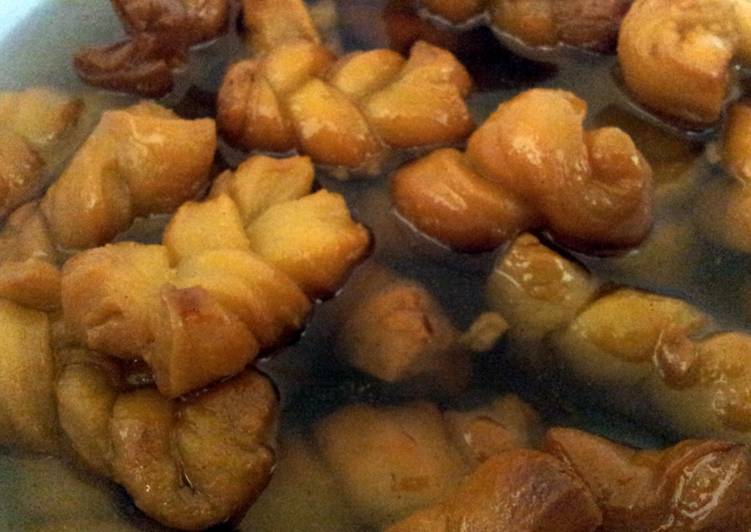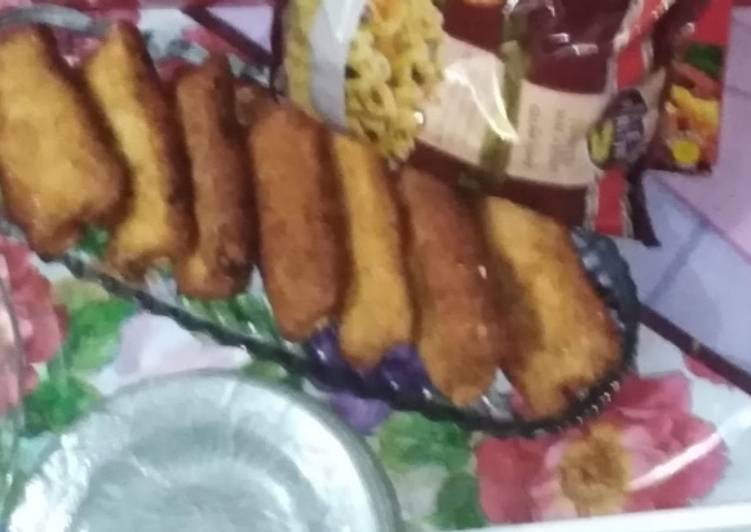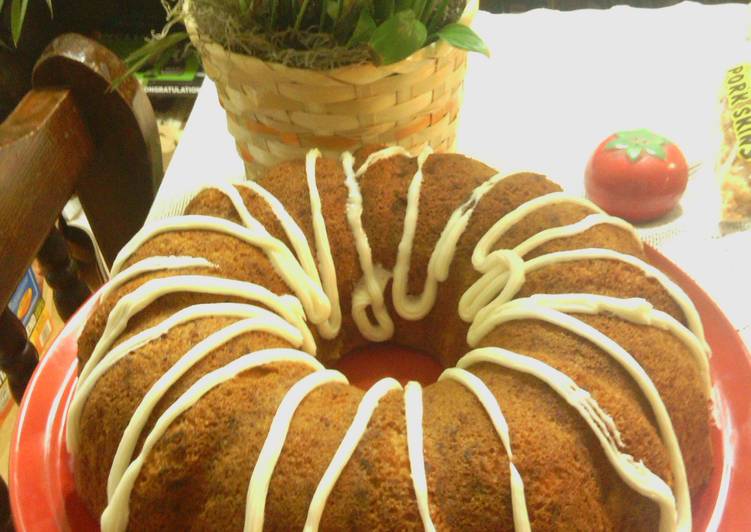
Hello everybody, I hope you’re having an incredible day today. Today, I’m gonna show you how to prepare a special dish, traditional south african koeksisters. One of my favorites food recipes. This time, I will make it a bit unique. This is gonna smell and look delicious.
#baking #koeksisters #traditional #SouthAfrica These koeksisters are sooo good, the perfect snack for any time of the day! If you also want to make these, I. Traditional Koeksisters - A traditional South African sticky donut treat that's deliciously sweet, sticky, crunchy and drenched in syrup, laced with cinnamon, lemon and ginger.
Traditional South African Koeksisters is one of the most popular of current trending foods in the world. It is enjoyed by millions daily. It’s simple, it’s quick, it tastes delicious. They’re fine and they look fantastic. Traditional South African Koeksisters is something that I have loved my whole life.
To get started with this recipe, we have to first prepare a few components. You can have traditional south african koeksisters using 14 ingredients and 22 steps. Here is how you can achieve it.
The ingredients needed to make Traditional South African Koeksisters:
- Take Dough
- Prepare 2 cup Cake flour
- Get 2 tbsp Baking powder
- Prepare 1/2 tsp Salt
- Prepare 1 large egg
- Prepare 4 tbsp Butter/margarine
- Take 1/2 cup Water
- Make ready 1 Oil for frying
- Take Syrup
- Take 4 1/2 cup Sugar
- Get 1 1/2 stick Cinnamon/ ½tsp ground cinnamon
- Make ready 1/2 tsp Ground ginger
- Make ready 1 1/2 cup Water
- Get 1/4 cup Lemon juice
This recipe was one that my grandmother used to make when I was a little girl. Koeksisters are as unique to South Africans as glazed doughnuts are to Americans. This deep-fried pastry drenched in a sweet and sticky syrup is Traditional koeksisters are made with buttermilk but to give it some extra South African flair; we've replaced the buttermilk with Amasi instead. In South Africa, we have two kinds of koeksisters, the Afrikaner and the Cape Malay version.
Steps to make Traditional South African Koeksisters:
- SYRUP - METHOD
- Prepare syrup day before. It needs to be very cold
- In a large pot, dissolve sugar in the water
- Add spices and lemon juice and bring to the boil
- Take off stove and leave to cool
- Place in fridge overnight
- DOUGH - METHOD
- Sift flour, baking powder and salt together
- Rub in butter amd mix til pliable
- Add egg and mix
- Add water a little at a time
- Work dough well until no lumps. If sticky sprinkle a little flour and knead until dough will ball up
- Let dough rest at room temp for approx 3 hours under inverted mixing bowl
- TO PREPARE KOEKSISTERS
- Roll out dough. Thickness 5mm
- Cut into strips 6cm long.2cm wide
- Plait strips and pinch hard at ends
- Deep fry until golden brown
- Remove and drain quickly
- Dip in cold syrup
- The secret is to keep the syrup cold and the koeksisters hot. This way it will draw in just the right amount of syrup
- You can keep the syrup cold by keeping it in another container filled with ice water
The Cape Malay koe'sister is a ball of fried dough that's Koeksisters are a firm favourite in most South African homes. The secret to making koeksisters is that they should be dipped in the ice-cold syrup. Koeksisters - A South African Treat - Teach Me Mommy. This popular South African treat (pronounced "cook-sister") is a plaited and fried doughnut dough, dipped in delicious 'syrupy' goodness. Being South African, Koeksisters are really one of my favourite treats, and I've always wanted to try.
So that’s going to wrap this up for this exceptional food traditional south african koeksisters recipe. Thanks so much for your time. I am confident you will make this at home. There’s gonna be interesting food in home recipes coming up. Don’t forget to bookmark this page on your browser, and share it to your loved ones, friends and colleague. Thanks again for reading. Go on get cooking!

